If you frequently go to specialty food stores like Trader Joe’s or Whole Foods, you’ve seen “new” fruits being added to the shelves. For example, “pluots” or “cotton candy” grapes.
These, and many other more typical fruits like strawberries and almost all citrus varieties, are the result of plant breeding methods. They’ve been known to be called “designer fruits,” and combine the characteristics of two plant varieties.
Designer plants are generally produced by using two different plant “parents” and cross-breeding to produce a hybrid offspring.
What is plant breeding?
Plant breeding may sound like a process that takes place in a laboratory by very serious scientists wearing white lab coats. While that can certainly be true in a commercial setting, it is not at all the only way that plant breeding occurs.
In short, plant breeding is the intentional manipulation of a plant species to produce offspring with desirable characteristics. If this sounds scary, it’s really not. The process happens naturally all the time. It is how many plant species have different varieties that each grow well in different environmental conditions.

One pepper plant native to the desert may be more tolerant of low moisture, while another pepper plant can handle occasional flooding or downpours. This is possible due to countless years of adaptation through natural plant breeding.
The part that makes plant breeding unique is that people can choose which two plants should be crossed. The simplest form of this is known as “selective breeding.” A farmer will choose the best crops to save seeds for the following year’s planting. The desirable traits are selected and the genetics of those plants carry forward.
Plant breeding is one of the oldest accomplishments of man.
(Source)
Plant breeding has helped farmers develop stronger and more resilient crops. It has helped produce crops that grow faster or grow in a wider variety of temperatures and climates. And perhaps most importantly to the food industry, it has developed more disease resistant plants.
What kinds of plants can be crossed?
Any two plants of the same species can usually be cross bred. In some cases, different species within the same genus can be crossed as well, but this varies.
The possibilities are effectively endless. Just take the Orchidaceae family of plants (Orchids). There are over 25,000 species of Orchid and counting. The varieties within these species is truly staggering for just one family of plants!
So, if you happen to be an adventurous gardener, you may have an interest in crossing two of your own favorite plant varieties. For example, crossbreeding peppers is popular among amateur gardeners.
Plant breeding vs. genetic modification
You may be wondering whether plant breeding is the same as genetic modification. Well, put simply, no. Plant breeding is the natural selection of ideal plants and crops, while genetic modification involves biological modification at the cellular level.
Genetically modified organisms, or GMOs, are always born in a laboratory. That is why they stir up so much controversy, including the argument that you shouldn’t be able to put a patent on life (source).
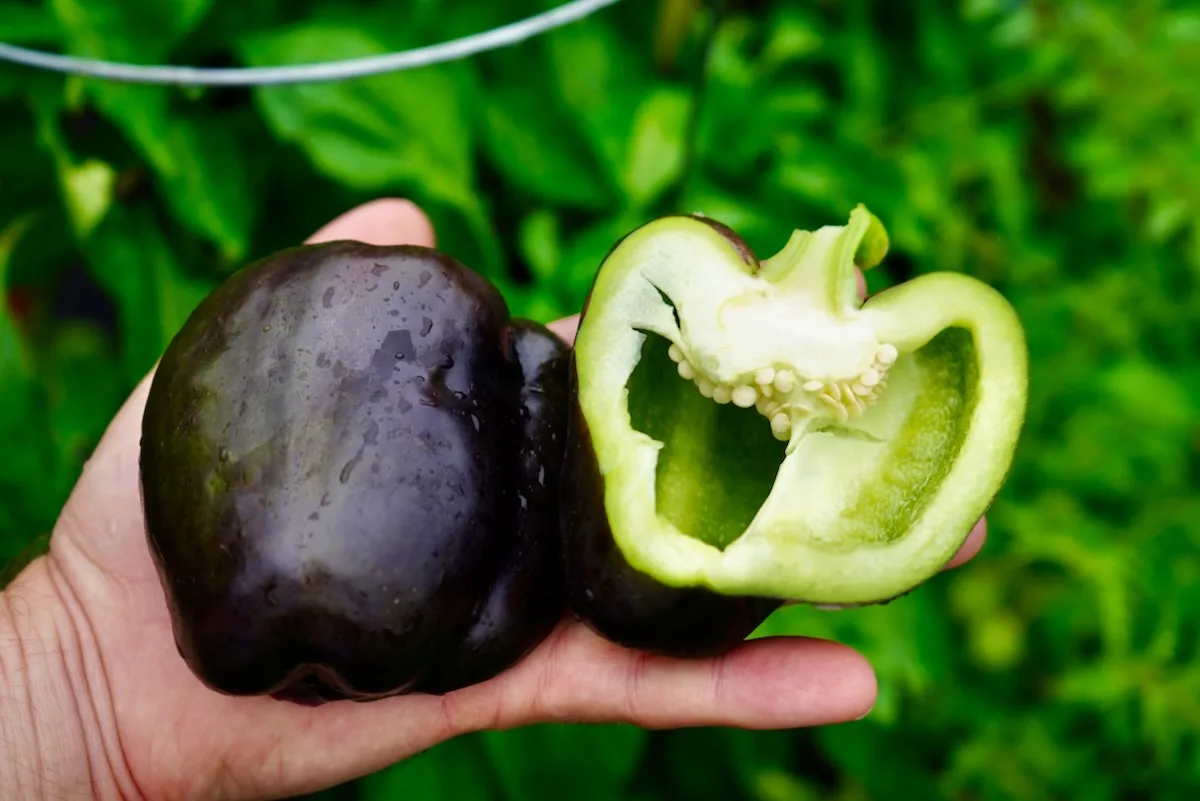
While plant breeding does lead to a change in genetics, it is done naturally. This is the purpose of genes: to create diversity among a group of plants or animals.
Is plant breeding safe?
Standard plant crossbreeding is a natural process which occurs when pollen transfers from one plant to another. It is a key form of reproduction in many plants and is generally believed to be a safe process in a controlled setting.
In mass production crop breeding, precautions are taken to ensure foods are safe to consume. Most plants in the world produce at least some level of harmful ingredients, but in very small amounts. Through breeding, it is possible that a new variety will contain higher levels of these substances (source).
There are less natural forms of plant breeding, like mutation breeding, where different forms of light radiation or chemicals are put onto seeds to modify the resulting plants. These methods can be more unpredictable and should be thoroughly researched before attempting. Here is the wikipedia article on mutation breeding.
Plant breeding methods
There are several methods of plant breeding, each with different potential outcomes and difficulty.
Mass selection
Mass selection, or selective breeding, is a basic form of plant breeding. It involves visual selection of individual crops or fruits that appear to be superior. Then, the seeds from these fruits are used to plant the next line of crops, eventually resulting in an improved version of the plant.
The desired traits may differ from one breeder to the next. One farmer may be trying to reduce disease, while another market farmer may want larger peppers.
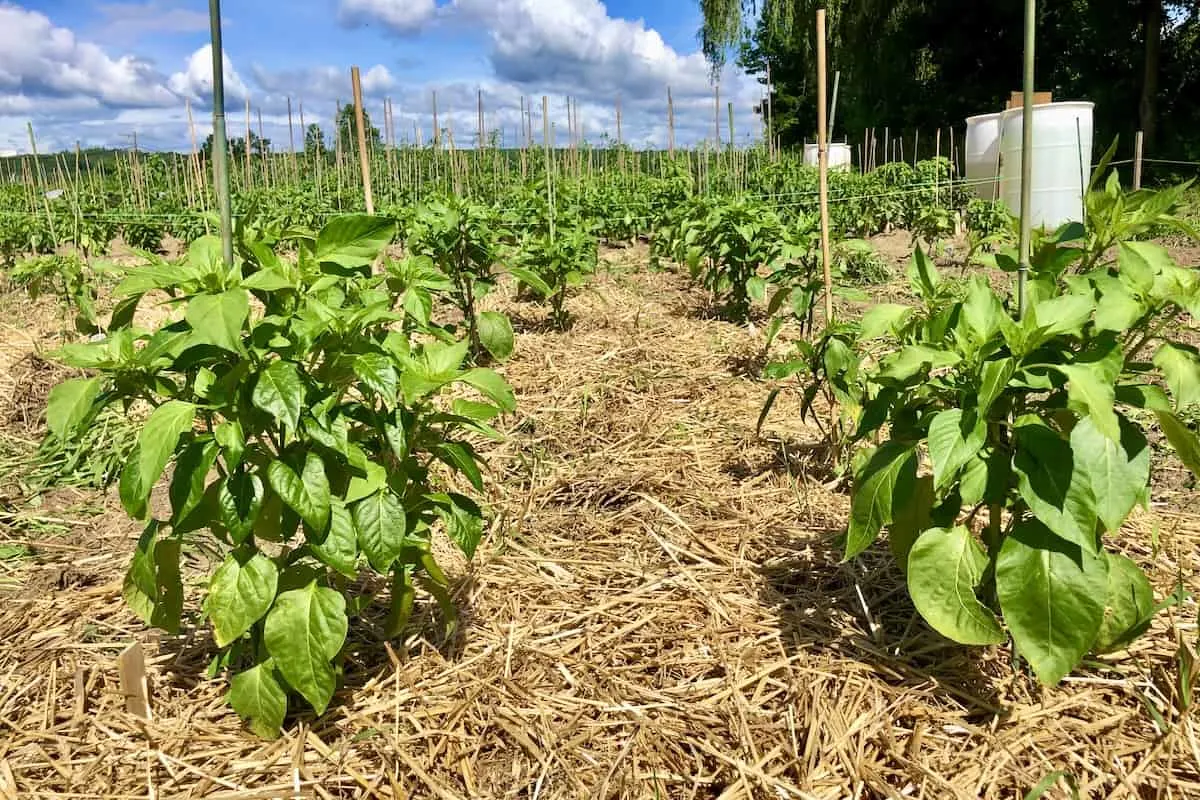
This method is simple but effective, especially in large-scale operations like growing rice or other self pollinated crops. Another similar method that falls into the mass selection category is to simply remove crops or plants that look undesirable. In effect, the result is equivalent and may be more unbiased.
Manual hybridization
Hybridization is a more advanced form of plant breeding, and is widely used in both self and cross-pollinating varieties of plants. It involves manually crossing two varieties with the goal of combining characteristics.
In other words, create a “hybrid” offspring plant that will be superior to both of the “parent” plants.
The method used to achieve this is by carefully selecting two parent plants and cross pollinating them. This process causes the seeds produced in the resulting fruit to carry 50% of the genetics from each of the parent plants.
When the seeds are planted, the resulting plant and fruit are a new hybrid variety, commonly called an F1 hybrid. These first generation plants are considered highly stable, but subsequent generations become unstable.
The hottest pepper in the world was made using manual crossbreeding. Beautiful ornamental plants like the black pearl pepper are also bred using cross-pollination.
Mutation Breeding
Mutation breeding is the process of exposing seeds to specific chemicals or forms of light radiation, like x-rays or gamma rays, to change the characteristics of a plant. There is some controversy over mutation breeding, and whether the process is natural or not.
What is cross pollination?
Cross pollination is when pollen from one plant’s flower is applied to the pistil of another plant’s flower. Typically, this occurs in nature when pollen is carried by wind and insects, like bees, from one plant to another.
The pollen is what initiates the production of fruits and seeds on the plant, which will later grow into a new generation of the species.
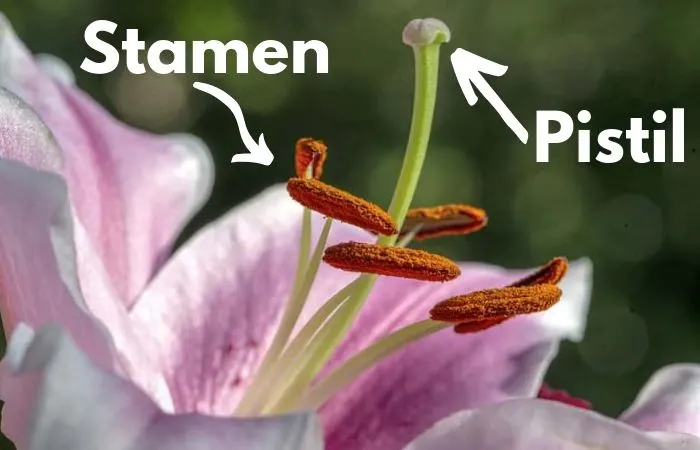
First generation hybrids will typically have characteristics from both of the parent plants. However, further generations will tend to be less consistent with their new characteristics.
It can take 8 or more generations of careful breeding to stabilize a new variety. This is why, if you take the seeds from a 1st generation hybrid fruit (maybe a tomato variety that you like from the store) and grow it at home, you may not end up with the fruits you were expecting.
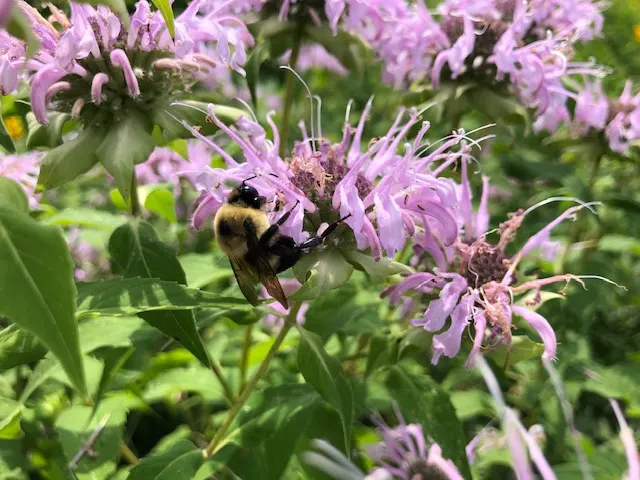
How to cross pollinate two plants
Let’s call the first plant the “donor” and the second plant the “receiver.” The donor is the plant that will offer up some of its pollen to the receiver. The receiver will have the donor’s pollen placed on one of its flower’s pistils.
For a detailed guide to crossing pepper plants, watch our video:
Here is a simple example of how to cross two plants:
- Always use sterile materials.
- Locate an open flower on the donor plant. This flower must be actively producing pollen.
- Hold a container below the flower and tap it gently to release its pollen. Pollen is very small, dust-like material that falls from the anthers of flowers. You won’t need much!
- Locate a closed flower on the receiver plant. Ideally this flower is almost ready to open.
- Use small snippers (tweezers or small scissors work) to cut away the flower petals, and carefully cut away the stamen, leaving just the pistil in the center.
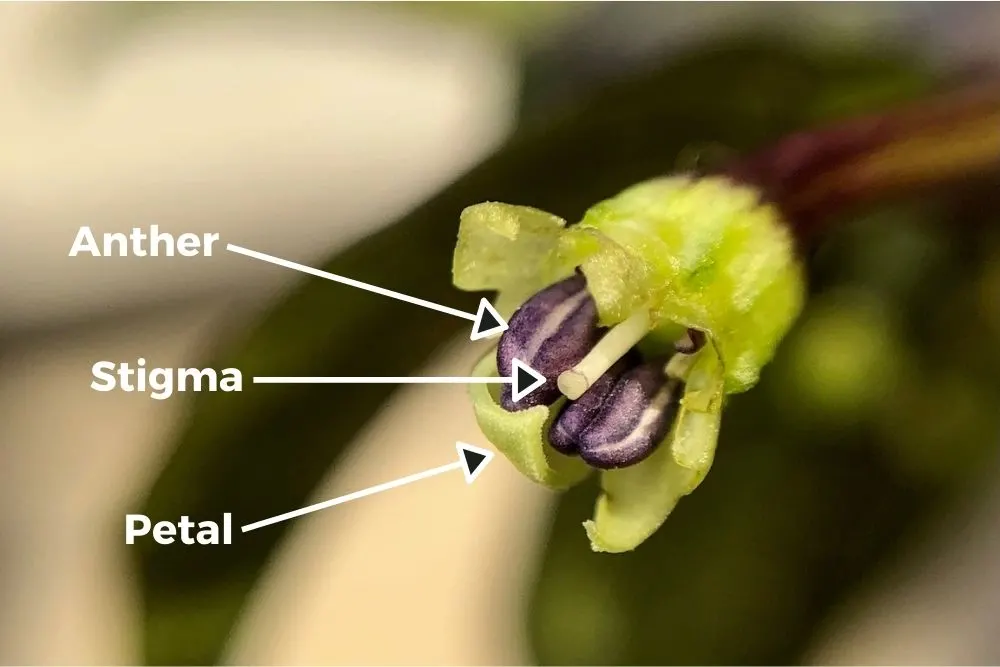
- Use a clean cotton swab to place the donor’s pollen onto the receiver’s pistil. Or, gently brush the pistil in the collected pollen.
- Use a small, labeled plastic bag to quickly cover the pollinated flower to prevent self pollination on the receiver plant. Labeling is important to keep track of which fruits were pollinated by which plants.
- Reverse the process, so that the receiver and donor reverse roles. This leads to better odds of successful pollination.
- Repeat the pollen application process every day until a fruit begins to form.
- When the flower starts producing a fruit body, you can remove the plastic bag.
- When the fruit is fully ripened, use the seeds to grow your hybrid (H1) plant!
The new features on a 1st generation hybrid is something called hybrid vigor, or heterosis, and it is ultimately the goal of plant breeding.
It is smart to pollinate more than one flower on the receiver plant. This will increase your chances of having a successful hybridization. Cross pollinating is a slow process, but the fruits of your labor can be well worth the time!
One of the most important factors when plant breeding at home is to be very careful when cross-pollinating. Transferring pollen from one plant’s flower to another’s can be tricky.
You want to ensure that the receiving plant’s pistil has not come in contact with any other pollen. If it has, your efforts may have been in vain. So take precautions when cross-pollinating.
Hybrid vigor in plant breeding
Hybrid vigor, or heterosis, are the improved characteristics of a hybrid plant variety when compared to its two parental plants. In other words, the increased size, faster growth rate, sweeter flavor, etc. compared to the original two plants.
Some really interesting varieties have come from plant breeding methods. For example, cotton candy grapes have been very popular in recent years. They’re the result of two species of grape being crossed to produce a unique, very sweet flavor.
The kiwi is actually a relatively new fruit, derived from a very unappetizing, small berry plant in China.
Another example of heterosis in plant breeding is the increased size of apples and other fruits. There are other possible reasons for larger fruits, but in effect, plant breeding can deliver the desired result.
Plant breeding methods for higher yields
If you are trying to breed plants with the end goal of higher yields, it is ideal to start with a variety of the plant that produces prolifically, and cross it with the plant that under-produces.
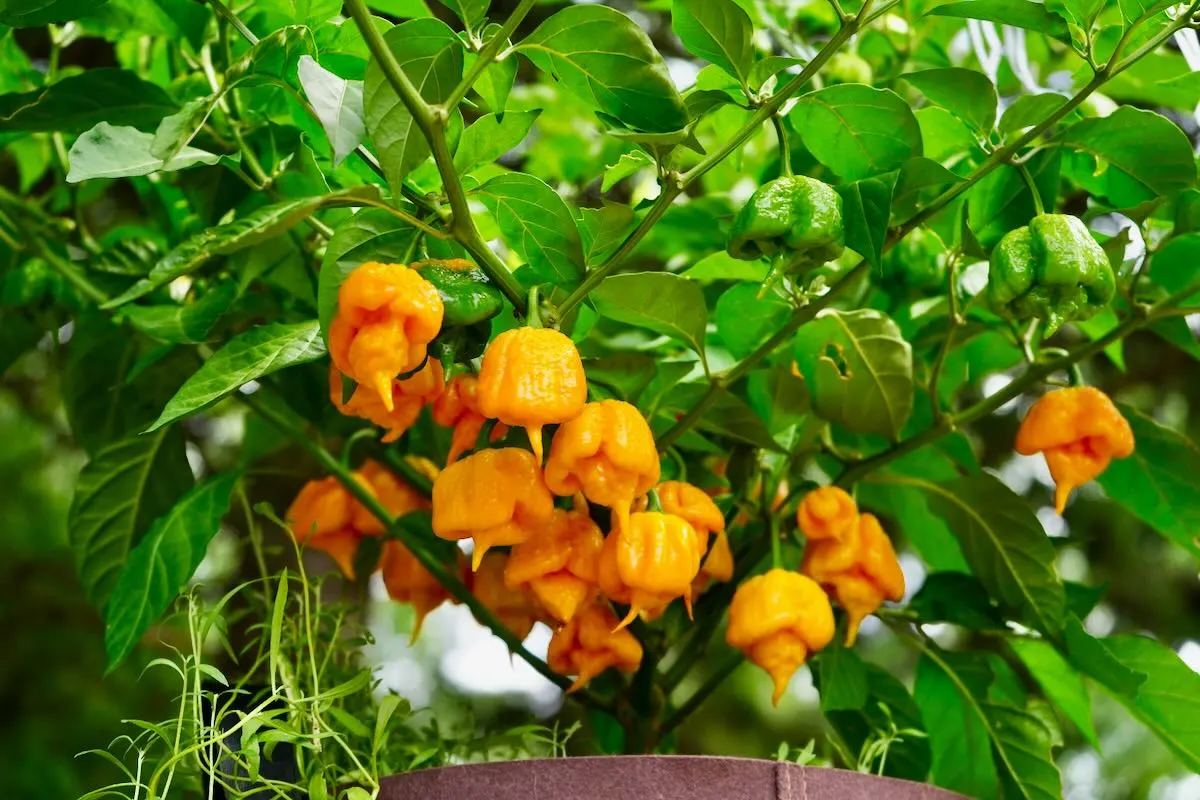
In this situation, you probably have a plant that has great tasting fruit, but doesn’t produce enough of them! This is a classic predicament in plant breeding, and can take several generations to begin seeing desirable results.
Unfortunately, for higher yields, it is ideal to have a larger scale operation to speed up the process. If you have more places to grow individual plants, you can experiment faster with resulting hybrids. More plants can also lead to increased likelihood of unintentional cross pollination, so be careful!
I hope you enjoyed this article all about plant breeding methods and are excited to get started with your own experiments. Crossing two plants can make gardening much more exciting, with amazing results to share with friends and family.
Have you had success with plant breeding at home? Share with us in the comments! We love seeing new varieties of plants (and especially peppers!).


Andy
Monday 28th of November 2022
Good read. Thanks!
bob :3
Thursday 24th of March 2022
calvin and hobbes